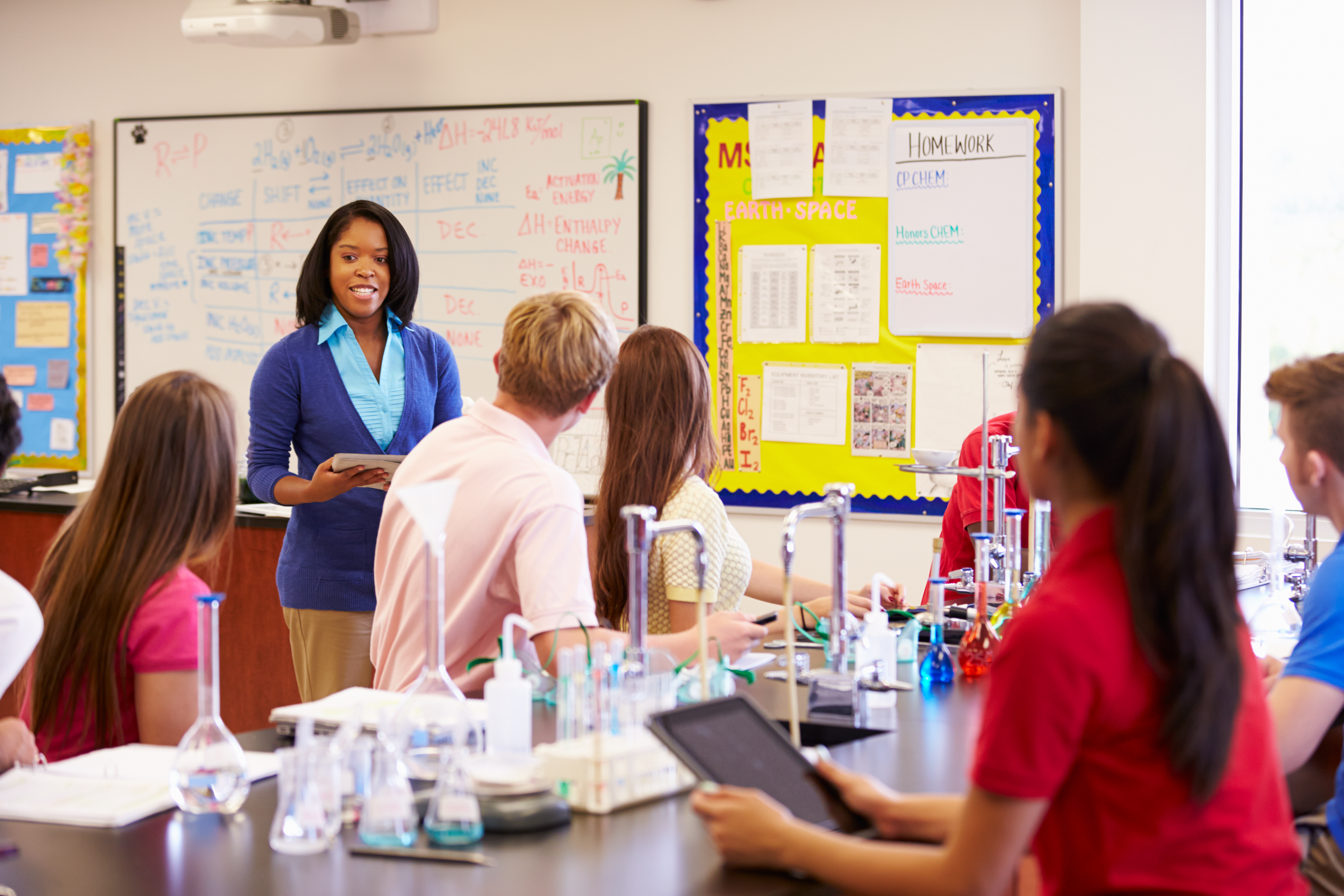When I started teaching students with special educational needs, the educational landscape was a different place. Special schools and mainstreams were separate entities and what happened inside special schools was an enigma to mainstream teachers. For me, the transition from mainstream to special education was a challenge, and I learned from many mistakes. Fortunately the education world is much more interconnected now and practice is shared between special and mainstream sectors.
When OUP contacted me about writing a workbook, I was given a free hand (within the limitations of the format) to write a book that would be suitable for special learners and those with prior low attainment. I thought about the features I wanted to include based on my twenty years of teaching students with special needs. Here are some of the things I knew would be important and which you might want to think about when teaching these kinds of learners.
- Plenty of white space. Although a book crammed full of text might be good for an advanced learner, SEND students need more white space as many have weaker literacy skills or low reading confidence. Dense text is harder for these learners to access.
- Low literacy demands. We want SEND students to be able to demonstrate what they know about science without being bogged down by having to write lots of text. When students are asked to write, we scaffold so that they are challenged with the science and not the structure of their answer. Whilst it is important to develop literacy within science, it should not be a barrier to students learning. We can remove the scaffolding later as their literacy skills improve.
- An accessible font that has letters that are easy to read. (I know many of these learners will have to transition to ‘exam fonts’ but that process is unique to each setting). The font also has to be large enough to read easily.
- Different types of activity – including matching, labelling, sequencing, tick boxes/multiple choice questions as well as traditional questions. These are all activities that allow SEND and lower attaining learners to demonstrate their learning without being too repetitive.
- Key words for each section that learners might need to use in their exams. Students can check they know these important terms.
- Practice assessment material to build confidence and embed learning.
- Plenty of diagrams. Many of the diagrams used in the workbook were custom drawn to suit the content and allow learners to demonstrate their knowledge. Using diagrams also reduces the demand on literacy.
- Answers that students could use to check their own work so they learn from their own mistakes and build confidence.
- Self-assessment checklists so students can see how they are doing and what they need to focus on to improve.
Most importantly I wanted the workbook to be something I would have used with my own learners. I’ve tried to condense what I’ve learned over 20 years of teaching special learners into a workbook. I hope learners across the country find it helps them with their ELC and GCSE qualifications.

Find out more about Rob’s workbook and the matching student textbook.
Rob Butler was a special school science teacher for twenty years, with the last six as a deputy head. He’s worked with mainstream schools as a former AST and has also been on the TES science panel. He’s a field officer for the ASE and sits on their 11-19 committee, keeping his finger on the pulse of science education. Rob now works with his local science learning partnerships (Derbyshire and Nottinghamshire). As well as being the author of Oxford’s AQA GCSE Foundation: Combined Science Trilogy and Entry Level Certificate Workbook, Rob has also written ELC/1-3 materials for Kerboodle.
